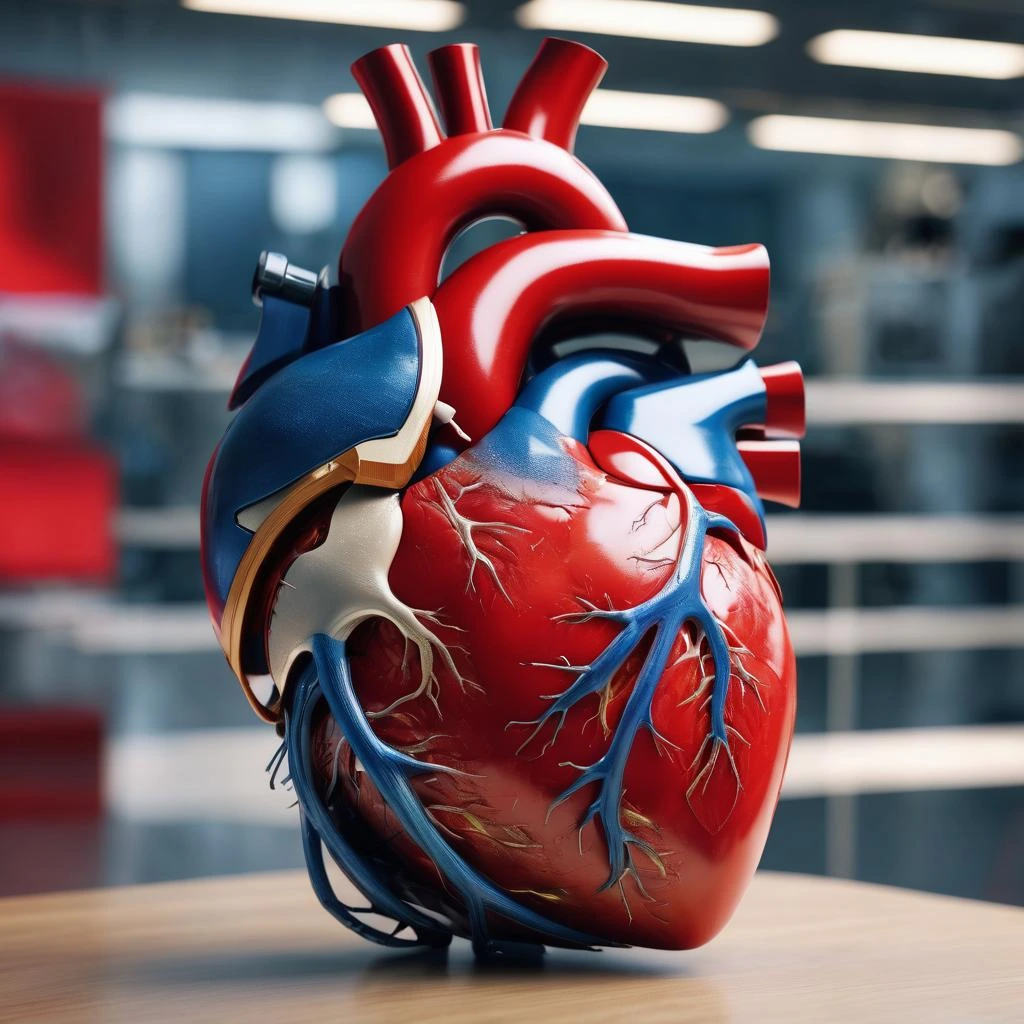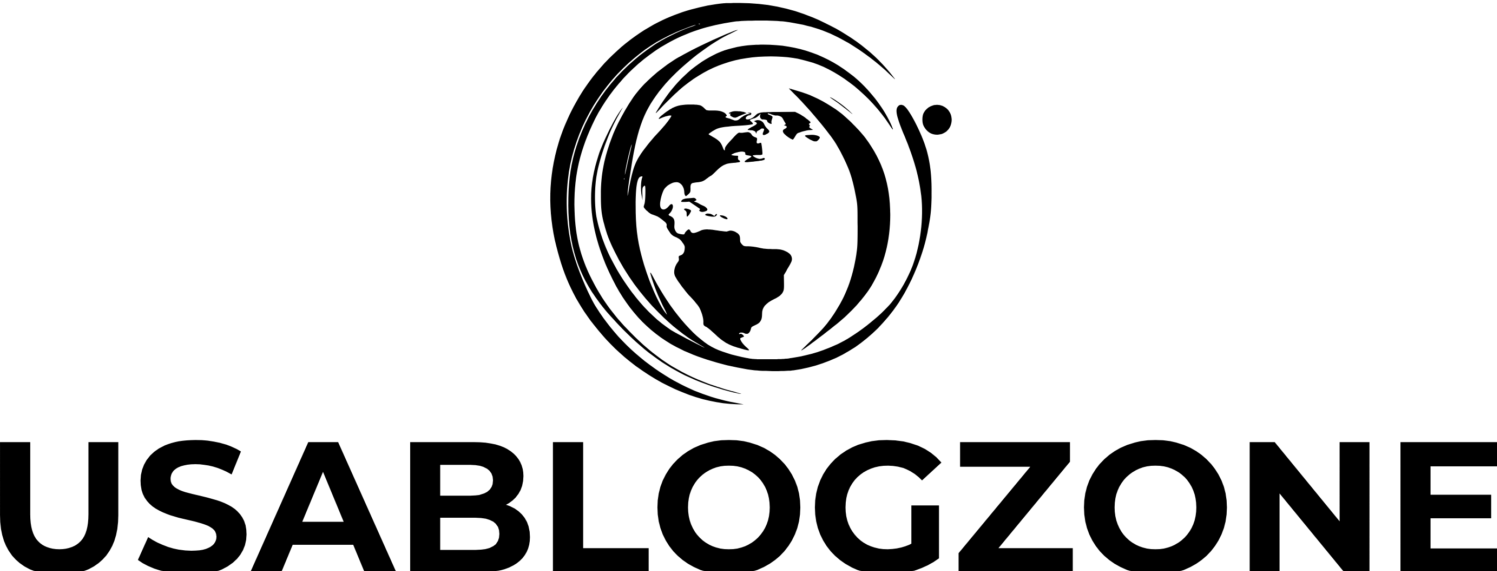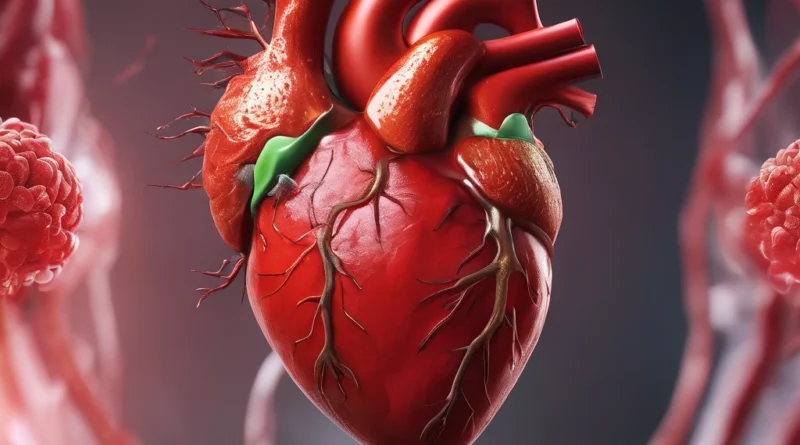Understanding Heart disease and stroke among Americans
Introduction:
A quiet pandemic rages on in the great expanse of American health, claiming the lives of millions—the diabolical pair of heart illnesses and strokes. These cardiovascular opponents/heart disease and stroke are tough antagonists, casting a pall over the nation’s health. In this investigation, we dig into the complicated tapestry of heart health, unraveling the nuances of these disorders and bringing light on their impact on the people of the United States.
The Burden of Cardiovascular Disease:
The combined burden of heart disease and stroke on the American population is enormous. According to the Centers for Disease Control and Prevention (CDC), heart disease is still the top cause of mortality in both men and women, accounting for one out of every four deaths. Strokes, albeit ranking fifth, take a major toll, claiming around 140,000 lives each year. These disorders are prevalent regardless of age, color, or socioeconomic background, making them an important public health problem.
 Understanding Risk Factors:
Understanding Risk Factors:
To grasp the seriousness of heart disease and stroke, one must first negotiate the complex network of risk factors. Sedentary behaviors, poor dietary practices, smoking, and excessive alcohol use all play important roles as catalysts. In addition to lifestyle factors, underlying medical problems such as hypertension, diabetes, and obesity contribute to the incidence of cardiovascular disease. The interaction of genetics and lifestyle adds another degree of complication, with family history serving as a possible predictor of greater sensitivity.
Genetics: A Double-Edged Sword:
The genetic landscape of cardiovascular health adds intricacy to the topic. While lifestyle decisions are important, genetic predispositions can increase an individual’s susceptibility to heart disease and stroke. A family history of these illnesses is a red signal, emphasizing the importance of tailored healthcare interventions. The interaction between genetics and lifestyle choices stresses the significance of early identification, proactive treatment, and targeted therapies suited to a person’s specific risk profile.
Preventive Measures and Lifestyle Modifications:
Among the intimidating numbers and genetic intricacies, a ray of hope arises through the preventative route. Adopting heart-healthy behaviors becomes critical, providing protection against the start of cardiovascular diseases. A healthy diet rich in fruits, vegetables, and whole grains, along with frequent physical activity, is beneficial to cardiovascular health. Avoidance of tobacco products and moderate alcohol use add to the arsenal of preventative measures. It is also critical to effectively treat underlying medical issues through frequent health check-ups, medicines, and lifestyle changes.
 The Role of Awareness:
The Role of Awareness:
Awareness becomes a valuable tool in the fight against heart disease and stroke. Recognizing warning signals such as chest discomfort, shortness of breath, abrupt numbness, or trouble speaking enables people to seek medical assistance as soon as possible. Public health campaigns, educational activities, and community outreach are critical in spreading knowledge, dispelling stigmas, and encouraging a proactive attitude to cardiovascular health. A well-informed people becomes an important ally in the collective struggle to lessen the impact of these silent opponents.
Socioeconomic Disparities:
However, the road to cardiovascular health is not without challenges. Socioeconomic issues throw a long shadow over the landscape, leading to differences in access to healthcare, education, and economic opportunity. Individuals in disadvantaged groups may experience greater challenges to receiving preventative treatment and treating chronic diseases, resulting in disparities in health outcomes. It is critical to address these differences in order to create a more inclusive and equitable strategy to heart disease and stroke prevention.
 Innovation and Research:
Innovation and Research:
Advances in medical research and innovation are critical in the ongoing fight against heart disease and stroke. New therapeutic techniques, diagnostic technology, and pharmacological treatments have opened up new possibilities for prevention and management. Ongoing research efforts are elucidating the complicated processes behind cardiovascular disorders, opening the door for targeted medicines and personalized therapy.
Check out this:- Future Transportation
Conclusion:
Americans, as heart protectors, are at a crossroads in a complicated and diverse war against heart disease and stroke. The journey entails a communal commitment to encouraging heart-healthy habits, raising awareness, tackling socioeconomic gaps, and embracing healthcare innovation. The route forward necessitates a holistic and inclusive strategy in which individuals, communities, healthcare professionals, and legislators work together to build a country robust against the quiet onslaught of cardiovascular enemies. Every thread counts in the tapestry of heart health, creating a story of perseverance, awareness, and collective desire to protect the hearts that beat inside the fabric of the American people.


I’ll be sharing this with my colleagues.